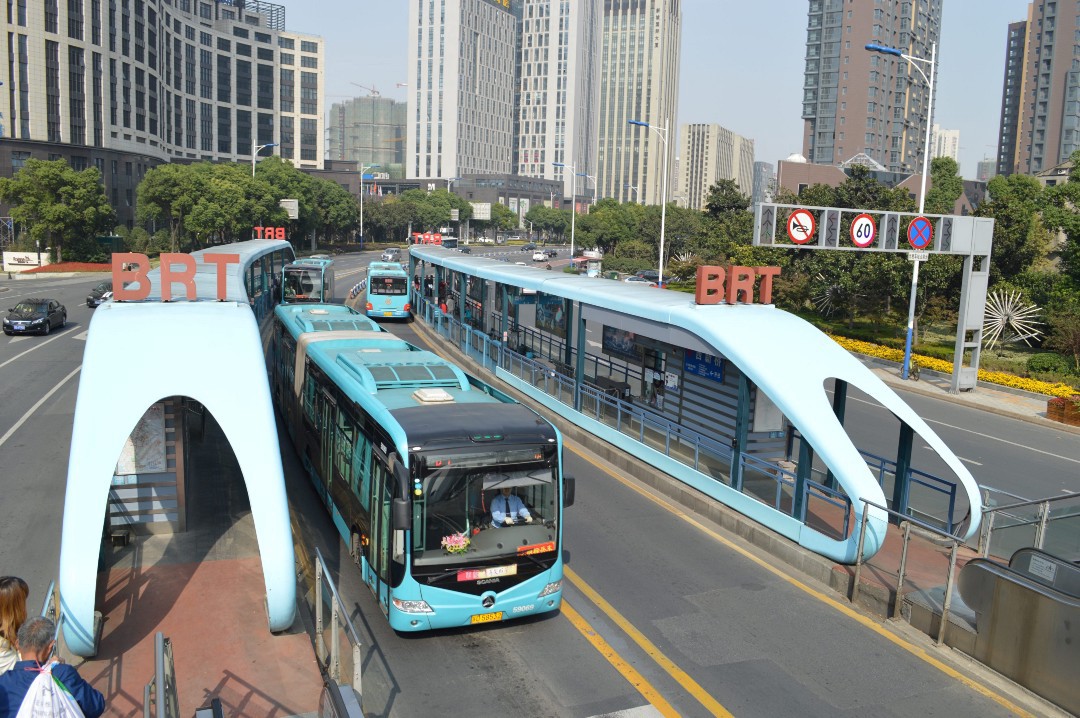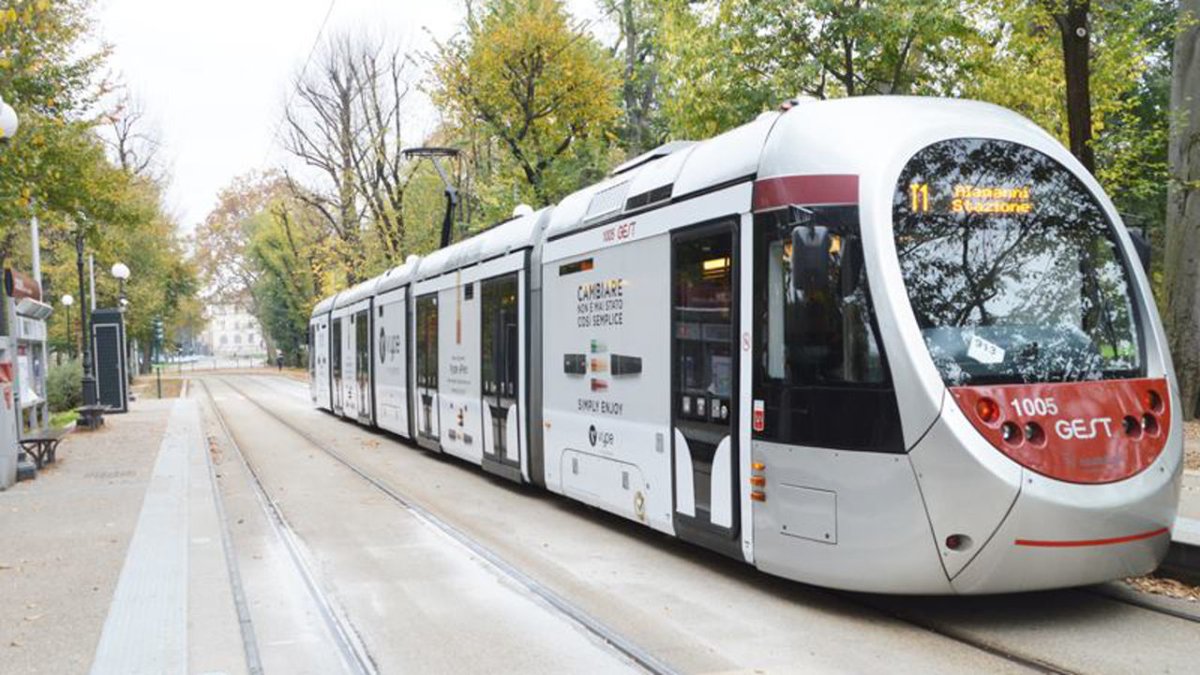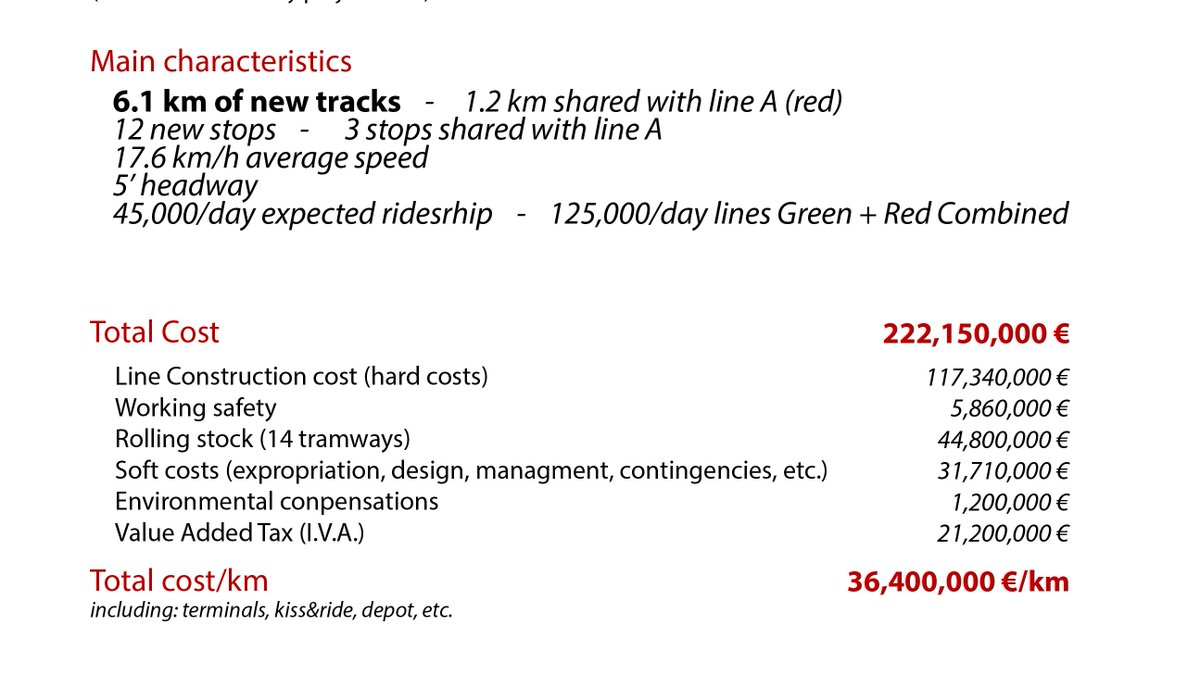
Thanks to @BrendanDawe I discovered the Atlas of the French rail network published yearly by SNCF-Réseau (formerly RFF). There are a few interesting graphics about regional rail service intensity
Here is Paris (No RER A and B because RATP is another planet, not worth mapping :-)
Here is Paris (No RER A and B because RATP is another planet, not worth mapping :-)

Here is the whole country. France outside the Î-d-F confirms to be a bunch of provincial capital surrounded by the Great Nothingness :-P
And, of course, "La diagonal du vide (ferroviaire)"
Please note traffic generated by commuting to Luxembourg from the Meuse area (Metz/Nancy)
And, of course, "La diagonal du vide (ferroviaire)"
Please note traffic generated by commuting to Luxembourg from the Meuse area (Metz/Nancy)

On the freight side, I'm surprised by the little numbers of daily trains. But I admit that freight is not my stuff, so I don't really know how these numbers compare to other corridors in EU or outside. 

Here is the link to the full Atlas:
it4v7.interactiv-doc.fr/html/atlas_res…
it4v7.interactiv-doc.fr/html/atlas_res…
• • •
Missing some Tweet in this thread? You can try to
force a refresh




























